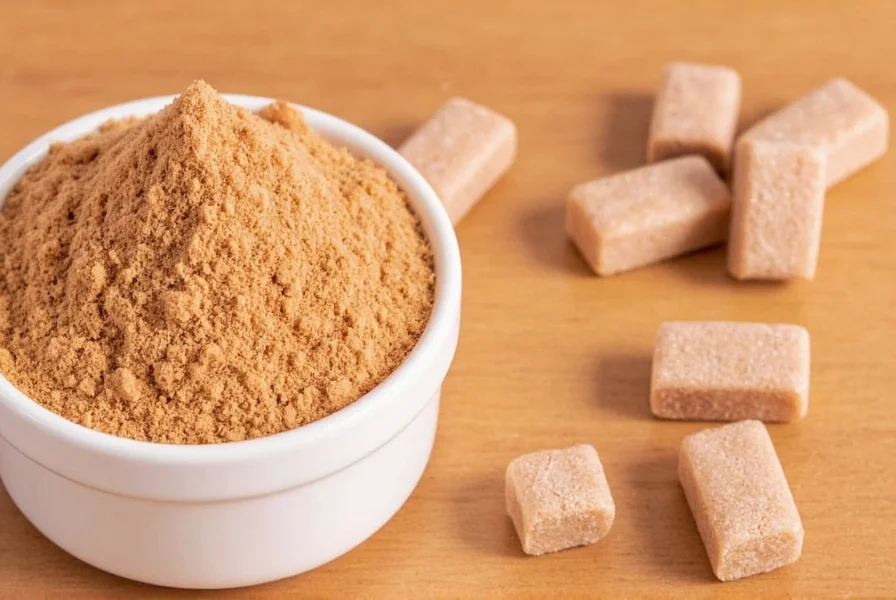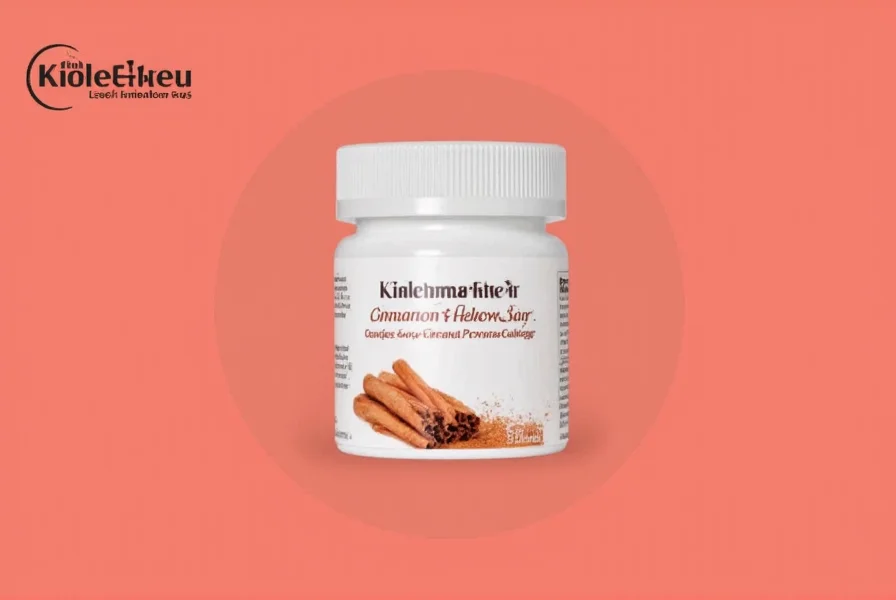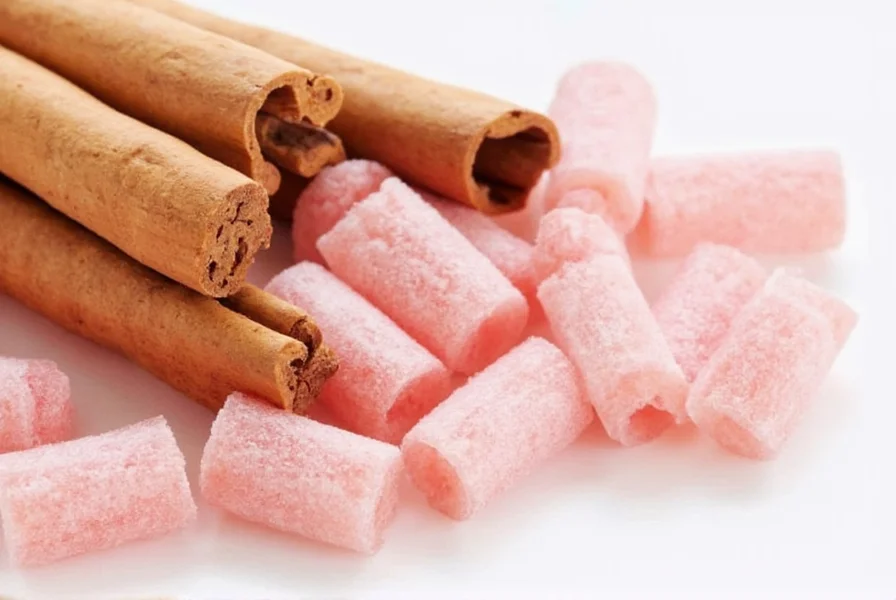The Science Behind Cinnamon Flavor in Chewing Gum
Cinnamon chewing gum gets its characteristic flavor from cinnamaldehyde, the main component in cinnamon bark oil. When manufacturers create cinnamon-flavored products, they typically use either:
- Natural cinnamon oil extracted from cassia or Ceylon cinnamon bark
- Synthetic cinnamaldehyde for more consistent flavor intensity
- Combination of natural and artificial flavorings
The "burn" sensation many people notice with cinnamon gum comes from cinnamaldehyde's interaction with thermal receptors in your mouth. This compound activates TRPA1 receptors, which are also triggered by wasabi and mustard oil, creating that familiar warming sensation that intensifies as you continue chewing.
| Cinnamon Type | Cinnamaldehyde Content | Coumarin Levels | Common Use in Gum |
|---|---|---|---|
| Cassia Cinnamon | 60-90% | High (2,500-6,000 ppm) | Most common (more affordable) |
| Ceylon Cinnamon | 50-73% | Very Low (50-150 ppm) | Less common (premium products) |
Benefits of Cinnamon Chewing Gum for Oral Health
While cinnamon chewing gum shouldn't replace regular dental care, research suggests potential oral health benefits associated with its use. Studies have shown that cinnamaldehyde possesses antimicrobial properties that may help reduce certain bacteria in the mouth. This makes cinnamon gum potentially more effective than regular gum at temporarily freshening breath by targeting odor-causing bacteria.
Unlike mint-flavored gums that primarily mask bad breath, cinnamon's natural compounds may provide longer-lasting freshness through bacterial reduction. However, it's important to note that these effects are temporary and don't replace proper oral hygiene practices like brushing and flossing.

Safety Considerations for Regular Cinnamon Gum Users
When examining is cinnamon gum good for bad breath or other potential benefits, safety remains paramount. The primary concern with cinnamon chewing gum involves coumarin content, particularly in products using cassia cinnamon. Coumarin is a natural compound found in higher concentrations in cassia cinnamon that, in large amounts, may cause liver issues.
Most commercial cinnamon gums contain such small amounts of cinnamon oil that coumarin levels pose minimal risk for typical consumption patterns. However, people with cinnamon sensitivity may experience:
- Temporary mouth irritation or burning sensation
- Minor oral lesions with excessive use
- Rare allergic reactions in sensitive individuals
Food safety authorities consider cinnamon gum safe when consumed as directed, but those with known sensitivities should monitor their reactions.
How Cinnamon Gum Compares to Other Flavors
Understanding cinnamon chewing gum ingredients list reveals why it behaves differently than other gum flavors. The flavor release pattern differs significantly from mint or fruit gums:
- Flavor progression: Starts sweet, then develops warming sensation
- Duration: Cinnamon flavor often lasts longer than fruit flavors but may not match mint's longevity
- Sensory experience: Creates physical sensation beyond just taste
- Saliva production: May stimulate more saliva flow than some other flavors
Consumer preference studies show cinnamon gum appeals to those who enjoy complex flavor experiences, though it's less popular than mint flavors due to its distinctive warming sensation that some find too intense.

Choosing Quality Cinnamon Flavored Chewing Gum
When selecting the best cinnamon flavored chewing gum brands, consider these factors:
- Check whether the product specifies Ceylon or cassia cinnamon (Ceylon has lower coumarin)
- Look for products with natural flavorings if you prefer minimal artificial ingredients
- Consider sugar-free options if concerned about dental health
- Read ingredient lists for potential allergens or sensitivities
Reputable manufacturers typically formulate their cinnamon gum to deliver enjoyable flavor without excessive irritation. The most well-reviewed cinnamon gums balance flavor intensity with comfort, providing the distinctive cinnamon experience without causing significant mouth burn during normal use.











 浙公网安备
33010002000092号
浙公网安备
33010002000092号 浙B2-20120091-4
浙B2-20120091-4